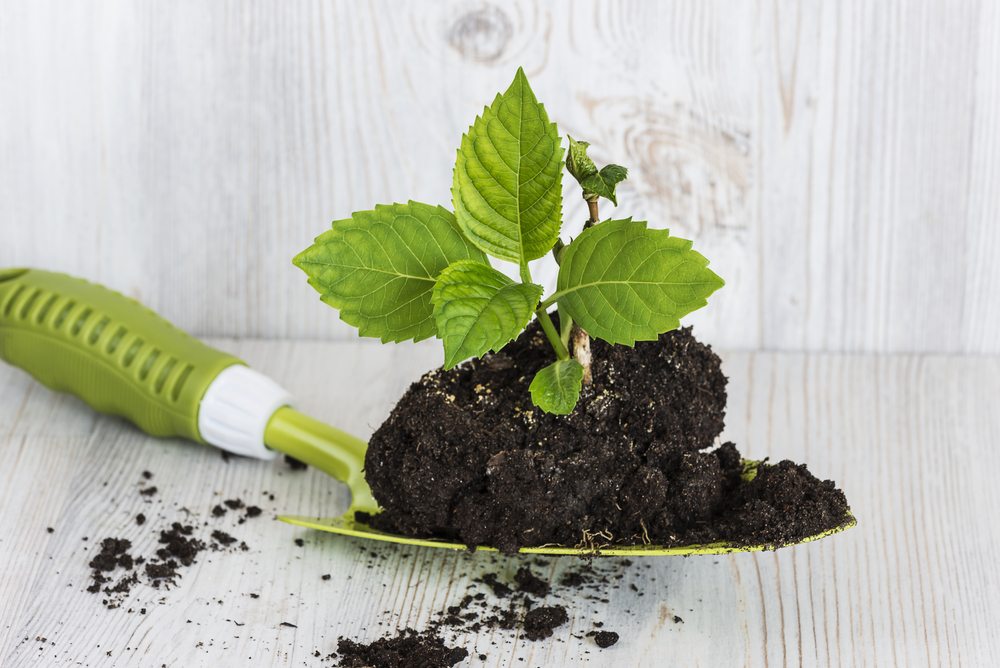
Planting bushes, trees and perennials is a fantastic way to improve the look of your yard and also potentially improve the value of your property. The best part about all of these plants is that they provide a range of benefits you can enjoy year after year, that is, as long as you take the time to ensure they are transplanted properly. Otherwise, you might as well just take the money you plan on spending on those trees or other plants and throw it into the trash since there’s a high chance the plants won’t survive the year. In this sense, by far the most important thing you can do is to ensure you are transplanting during the right time of the year in order to give the plants the best chance of survival.
When is the Best Time to Transplant?
There are generally two different schools of thought when it comes to the best time to transplant. Some people swear by transplanting in the spring, while others will tell you that it’s better to transplant in the fall. In truth, it’s really hard to say if one is really better than the other, at least in most cases. Still, it’s important to look at the differences to decide which method you’d prefer.
The reason that spring and fall are the preferred times is that it’s always best to transplant when the weather is cooler, especially if it’s also rainy. Plants use less water whenever the weather is cooler. This is important when transplanting, as moving a plant will always cause it to lose some of its roots, which harms its ability to take up water and thus will generally cause the plant to die if transplanted during the heat of the summer. Alternatively, the ground is usually too frozen during the winter to make transplanting feasible.
Transplanting in the Fall:
Transplanting during the fall does provide some benefits to larger plants like trees and shrubs, as the plants will be in the ground for both the fall and spring months, which should provide them with plenty of time to grow strong roots before the summer heat sets in. However, you should always spread a few inches of mulch over the dirt when transplanting in the fall to help protect the roots from the cold. Generally speaking, it’s best to plant around four to six weeks before the first freeze. Any later and you risk the plant dying from the cold.
Transplanting in the Spring:
Spring isn’t a bad time to transplant, but it does mean that you’ll need to make sure to water the plants more often for at least the first few months to ensure the plant gets enough water to survive the heat. Perennials sometimes require a different strategy, as it’s important that these never be moved while they’re flowering. For this reason, it is generally recommended to transplant spring-blooming perennials during the fall and fall-blooming perennials during the spring.
In most cases, choosing the best time to transplant requires looking at a number of different factors, from location and condition of the soil to the type of plant. For this reason, it’s always a good idea to speak with an expert to ensure you give your transplants the best possible chance of living a long, healthy life.






